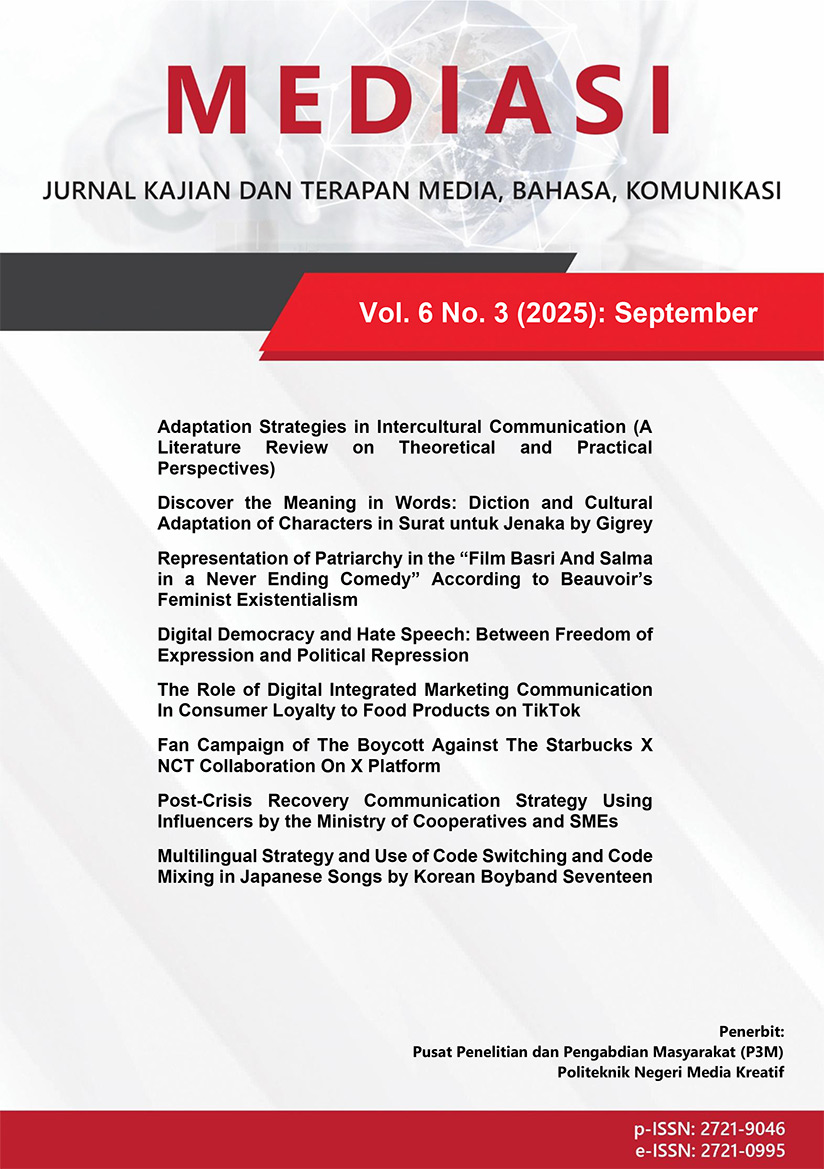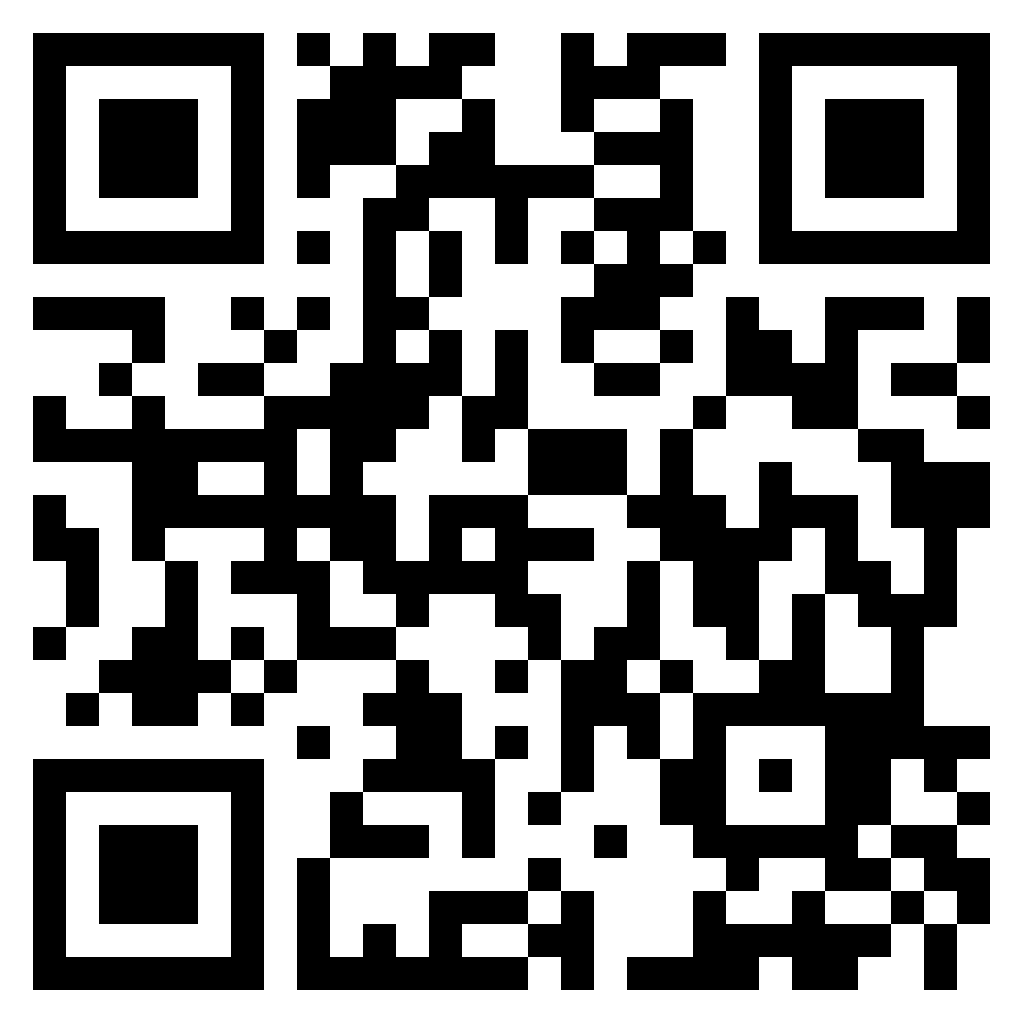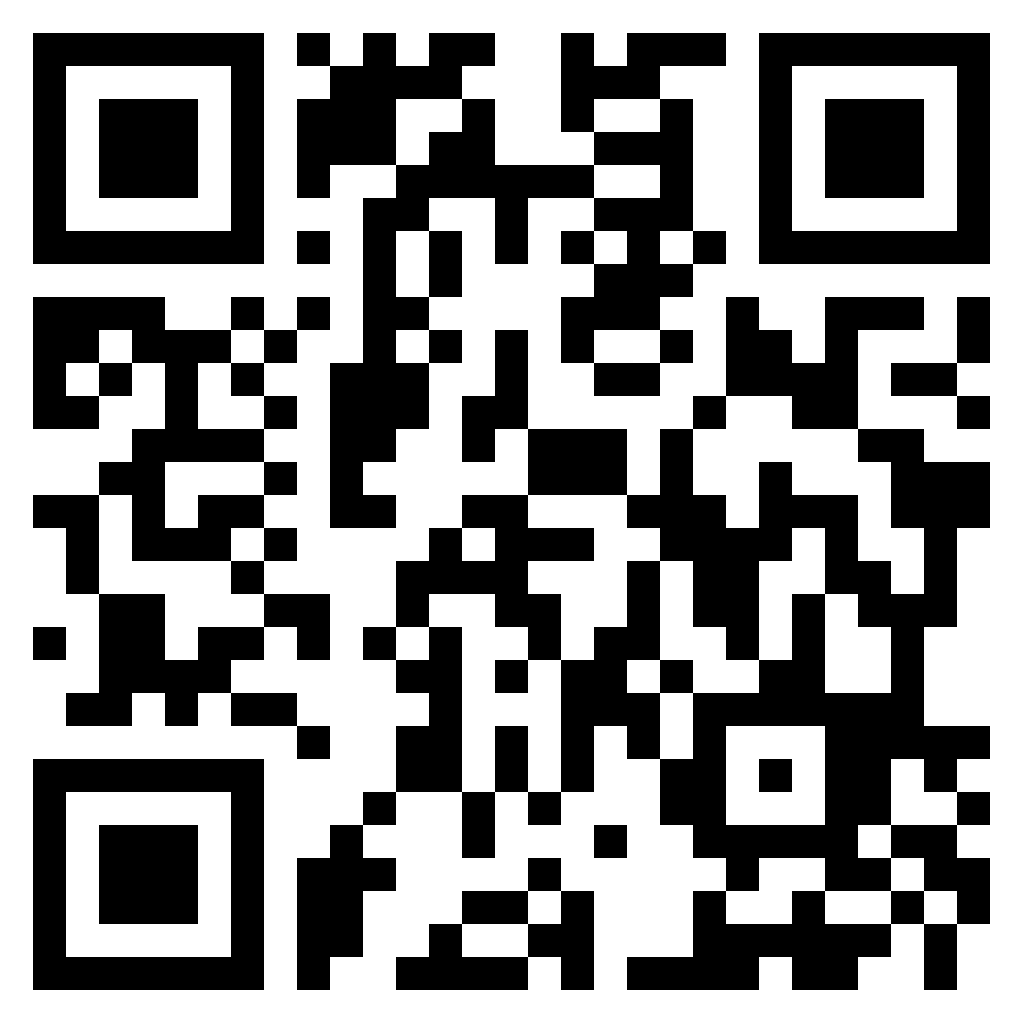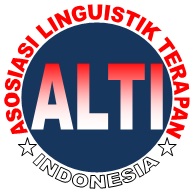Discover the Meaning in Words: Diction and Cultural Adaptation of Characters in Surat untuk Jenaka by Gigrey
DOI:
https://doi.org/10.46961/mediasi.v6i3.1660Keywords:
Connotative, Concrete, Diction, Novel, DictionIntercultural CommunicationAbstract
This research aims to determine the use of diction in Surat untuk Jenaka by Gigrey as a representation of intercultural communication. This novel presents interactions between characters from different cultural and time periods: the colonial (1923) and modern Indonesian period (2019). The research method used is descriptive qualitative with content analysis technique. The focus of the research includes the use of foreign, connotative, and concrete diction that represents intercultural communication dynamics. The results show that the diction in the novel functions not only as an aesthetic element but also as a cultural accommodation strategy. Foreign diction reflects social status, Western culture influence, and is used as a form of convergence to build closeness between characters. Connotative diction reinforces cultural values-social norms, such as gender relations, hierarchy, serving as a means of social criticism. Diction concretely clarifies social roles, boundaries, and relationships between characters within the described cultural context.
References
Abrams, M. H. (1999). A Glossary of Literary Terms (7th ed.). USA: Earl McPeek
Álvarez Valencia, J. A., & Michelson, K. (2023). A design perspective on intercultural communication in second/foreign language education. Journal of International and Intercultural Communication, 16(4), hlm. 399–418. https://doi.org/10.1080/17513057.2022.206615
Boichuk, V. (2022). Definition Analysis of The Phenomenon of Intercultural Communication. Scientific Bulletin of Uzhhorod University. Series: «Pedagogy. Social Work», 2(51), hlm. 28–31. https://doi.org/10.24144/2524-0609.2022.51.28-31
Buhari, B. (2022). Intercultural Communication. Purbalingga: CV Eureka Media Aksara.
Cangara, H. (2024). Teori dan Model Komunikasi : Metateori, Perspektif, dan Konteks. Jakarta: Kencana.
Dzhusupov, M. (2023). Language and culture in the system of intercultural communication. Philological Sciences. Scientific Essays of Higher Education, 5, hlm. 21–28. Doi: https://doi.org/10.20339/PhS.5-23.021
Fang, X. (2017). When an Indian speaks to a Chinese: making sense of World Englishes in the framework of communication accommodation theory. Asian Englishes, 19(2), hlm. 100–115. Doi: https://doi.org/10.1080/13488678.2017.1292444
Giles, H., Edwards, A. L., & Walther, J. B. (2023). Communication accommodation theory: Past accomplishments, current trends, and future prospects. Language Sciences, hlm. 99. Doi: https://doi.org/10.1016/j.langsci.2023.101571
Gusvitasari, R., W. & Wagiati. (2019). Perubahan Makna Diksi dalam Novel Orang-Orang Biasa Karya Andrea Hirata (Suatu Kajian Semantik). The 3rd Indonesian International Conference on Linguistics, Language Teaching, Literature and Culture.
Guydish, A. J., & Fox Tree, J. E. (2021). Good conversations: Grounding, convergence, and richness. New Ideas in Psychology, hlm. 63. Doi: https://doi.org/10.1016/j.newideapsych.2021.100877
Holland, J., & Gentry, J. W. (1999). Ethnic Consumer Reaction to Targeted Marketing: A Theory of Intercultural Accommodation. Journal of Advertising, 28(1), hlm. 65–77. Doi: https://doi.org/10.1080/00913367.1999.10673577
Junadi, S., & Mariana, M. (2020). Penggunaan Diksi dalam Novel Perg Karya Tere Liye. Jurnal Tarbiyatuna: Jurnal Kajian Pendidikan, Pemikiran Dan Pengembangan Pendidikan Islam, 1(01), hlm. 40. Doi: https://doi.org/10.30739/tarbiyatuna.v1i01.1007
Keraf, Gorys. (2010). Diksi dan Gaya Bahasa. Jakarta: Gramedia Pustaka Utama.
Kim, H., & Penry Williams, C. (2021). Adjustments as Strategies for Successful Communication. In Discovering Intercultural Communication. Springer International Publishing. hlm. 27–45. Doi: https://doi.org/10.1007/978-3-030-76595-8_2
Leech, G., & Short, M. (2007). Style in Fiction: A Linguistic Introduction to English Fictional Prose. New York: Pearson Education.
Lestari, D. P., & Siagian, I. (2024). Mengkaji Unsur Budaya dan Gaya Bahasa dalam Novel Pulang-Pergi Karya Tere Liye. Journal on Education, 6(2), hlm. 12903-12916.
Lu, J., Guénier, A. D. W., & Hird, D. (2025). An Empirical Study on Intercultural Contact and Intercultural Communication Competence of Chinese International Students in the UK. Journal of International Students, 15(2), hlm. 147–167. Doi: https://doi.org/10.32674/xtpdzb48
Makhmudov, K. (2020). Ways of Forming Intercultural Communication in Foreign Language Teaching. 1. 84-89. Doi: 10.6084/m9.figshare.12750647.v1.
Meyerhoff, M. (2023). Responses to CAT at 50: Reflections on Accommodation from A Sociolinguist. Language Sciences, hlm. 99. Doi: https://doi.org/10.1016/j.langsci.2023.101570
Mohammad, T., N. S., & I. M. (2021). Analisis Diksi dan Gaya Bahasa dalam Hikayat Soeltan Atjeh Marhoem (Soeltan Iskandar Muda). Education Enthusiast: Jurnal Pendidikan Dan Keguruan, 1(2), 113.
Nurhidayati, D. A., S. S. W., & S. (2023). Penggunaan Diksi dan Gaya Bahasa Perbandingan dalam Novel Sesuk Karya Tere Liye. Hortatori: Jurnal Pendidikan Bahasa dan Sastra Indonesia, 7(2), hlm. 150-156.
Parwati, N. N. , S. I. P. P., & Apsari, R. A. (2023). Analisis Stilistika dan Nilai Moral dalam Novel Nyanyian Gurukinayan Karya Albert Purba Serta Relevansinya terhadap Pembelajaran. Jurnal Pendidikan, Bahasa, Sastra, Seni, dan Budaya, 2(2), hlm. 217–227.
Prastica, D., & Wulandari, Y. (2020). Diksi dan Gaya Kalimat dalam Novel Hafalan Shalat Delisa Karya Tere Liye. Pena Literasi, 2(2), hlm. 64. https://doi.org/10.24853/pl.2.2.64-69
Rohmah, A., & Kusumawati, A. A. (2023). Resepsi Pembaca Sastra Arab Digital: Studi Novel “Min ‘Ālam Ākhar” pada Aplikasi Wattpad. Adabiyyāt: Jurnal Bahasa dan Sastra, 7(1), hlm. 41–63. Doi: https://doi.org/10.14421/ajbs.2023.07013
Samsuri. (1991). Bahasa dan Pikiran. Jakarta: Erlangga.
Sarwari, A. Q., Adnan, H. M., Rahmad, M. S., & Abdul Wahab, M. N. (2024). The Requirements and Importance of Intercultural Communication Competence in the 21st Century. Sage Open, 14(2). Doi: https://doi.org/10.1177/21582440241243119
Sugiyono. (2021). Memahami Penelitian Kualitatif. Jakarta: Alfabeta.
Thang, N. Van, Phuc, N. H., Trong, D. Van, Kiet, L. H., & Hiep, T. X. (2024). Another Perspective in the Education of Netherlands in Indonesia During Colonial Period (1799 - 1942). Journal of Educational and Social Research, 14(4), hlm. 413. Doi: https://doi.org/10.36941/jesr-2024-0112
Ulfani, K. G., & Handayani, A. (2024). Language and Intercultural Communication: Belgian Business Owner with Indonesian Workers in Murianto Workshop, Jepara, Central Java. JLA (Jurnal Lingua Applicata), 7(2), hlm: 66. Doi: https://doi.org/10.22146/jla.87272
Wiyatmi. (2020). Sosiologi Sastra: Teori dan Aplikasinya dalam Kajian Sastra Indonesia. Yogyakarta: Pustaka Pelajar.
Wu, X. I., Watson, B. M., & Baker, S. C. (2024). The Role of Language Use and Communication in Mainland Chinese Students’ Cross-cultural Adaptation to Hong Kong: A Qualitative Investigative Study. Language and Intercultural Communication, 24(1), hlm: 20–34. Doi: https://doi.org/10.1080/14708477.2023.2250748
Yanti, P. G., Ibrahim, N., Zabadi, F., & Rahman, F. (2022). Reception of Digital Novel Readers (Role of Indonesian Readers in Wattpad Application). Humanus, 21(2), 199. https://doi.org/10.24036/humanus.v21i2.117832
Downloads
Published
How to Cite
Issue
Section
Citation Check
License
Copyright (c) 2025 Alexandria Cempaka Harum

This work is licensed under a Creative Commons Attribution-NonCommercial 4.0 International License.
You are free to:
- Share — copy and redistribute the material in any medium or format
- Adapt — remix, transform, and build upon the material
- The licensor cannot revoke these freedoms as long as you follow the license terms.
Under the following terms: Attribution; NonCommercial; and no additional restrictions.















